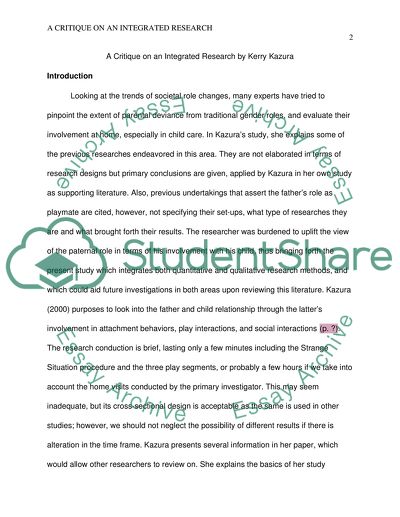Cite this document
(“Trends of societal role Research Paper Example | Topics and Well Written Essays - 2000 words”, n.d.)
Retrieved from https://studentshare.org/family-consumer-science/1404885-trends-of-societal-role
Retrieved from https://studentshare.org/family-consumer-science/1404885-trends-of-societal-role
(Trends of Societal Role Research Paper Example | Topics and Well Written Essays - 2000 Words)
https://studentshare.org/family-consumer-science/1404885-trends-of-societal-role.
https://studentshare.org/family-consumer-science/1404885-trends-of-societal-role.
“Trends of Societal Role Research Paper Example | Topics and Well Written Essays - 2000 Words”, n.d. https://studentshare.org/family-consumer-science/1404885-trends-of-societal-role.


